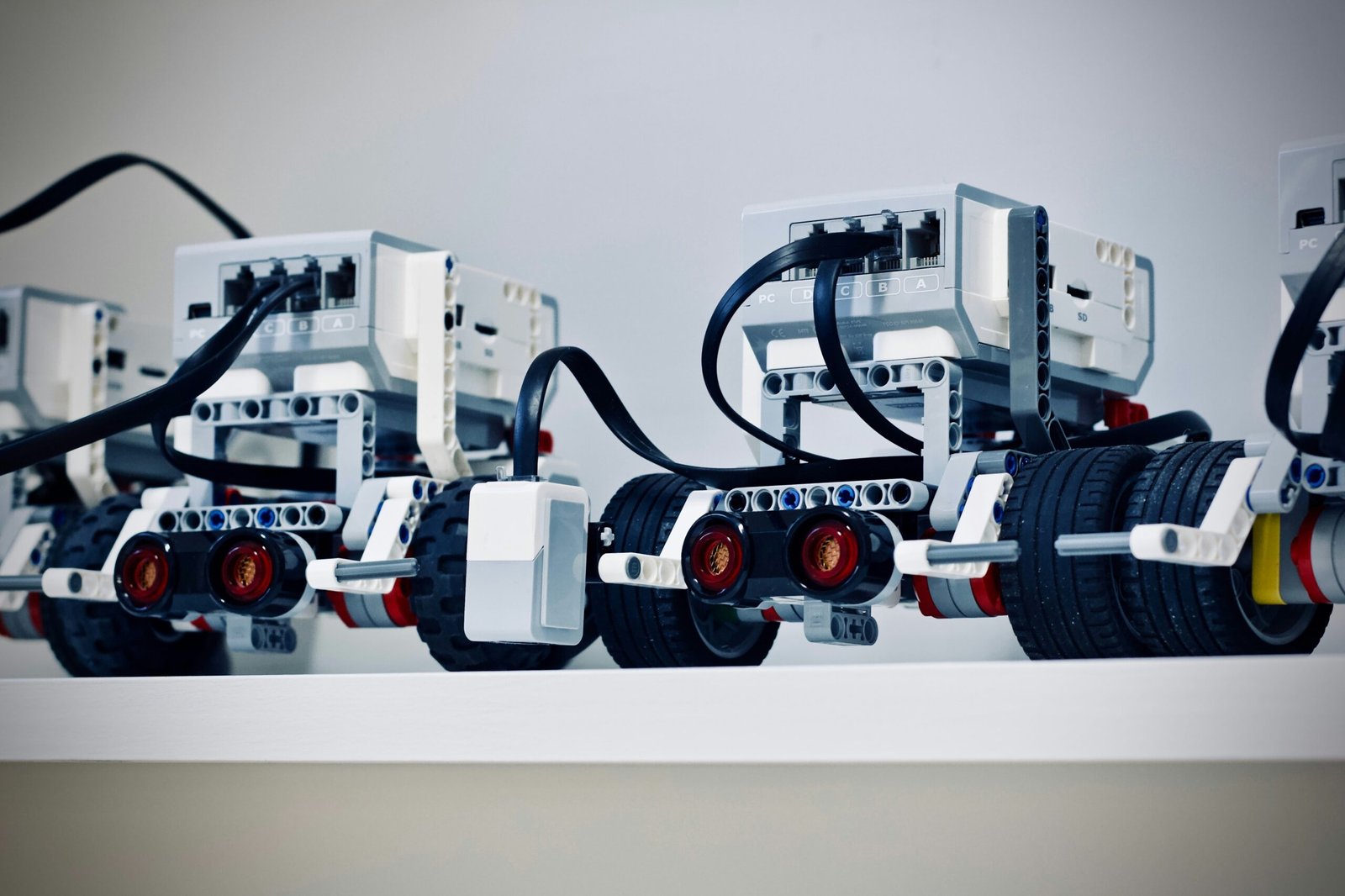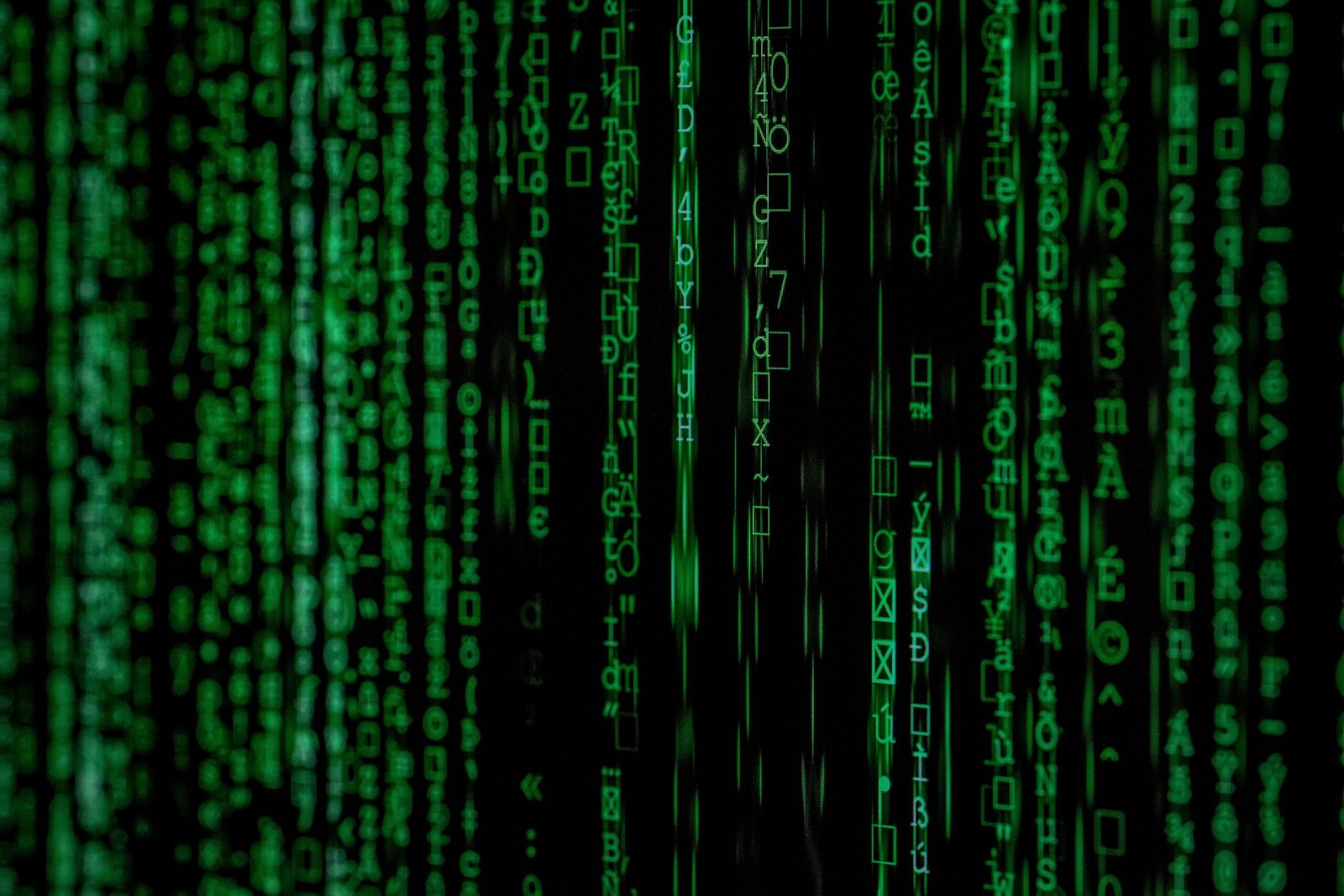The Evolution of Robotics and Automation: Transforming Industries and Shaping the Future
April 14, 2024 | by SAMRA SARFRAZ


The Evolution of Robotics and Automation
Robotics and automation have come a long way in recent years, revolutionizing various industries and changing the way we live and work. From manufacturing to healthcare, these technologies have had a significant impact on efficiency, productivity, and safety. In this blog post, we will explore the evolution of robotics and automation, their applications in different sectors, and the future prospects of these technologies.
The Rise of Robotics
The concept of robotics dates back to ancient times, with early examples found in Greek mythology and ancient Chinese and Egyptian texts. However, it was not until the 20th century that significant advancements were made in the field of robotics. The development of the first industrial robot, the Unimate, in the 1960s marked a major milestone in the history of robotics.
Initially used for tasks such as welding and material handling in manufacturing plants, robots have now become more sophisticated and versatile. Today, they are capable of performing complex tasks with precision and accuracy. From assembly lines to warehouses, robots have become an integral part of various industries, improving efficiency and reducing the risk of human error.
Automation: Streamlining Processes
Automation, on the other hand, refers to the use of technology to perform tasks or processes with minimal human intervention. It involves the use of computer software, sensors, and control systems to streamline operations and increase productivity. Automation can be found in various sectors, including manufacturing, transportation, and healthcare.
In manufacturing, automation has revolutionized production processes, reducing costs and improving quality. Automated systems can perform repetitive tasks with speed and precision, leading to increased output and reduced waste. In transportation, automation has led to the development of self-driving cars and trucks, promising safer and more efficient transportation systems.
Applications of Robotics and Automation
The applications of robotics and automation are vast and diverse. Let’s explore some of the key sectors where these technologies have made a significant impact:
Manufacturing
In the manufacturing industry, robots have become an essential tool for improving efficiency and productivity. They can perform tasks such as assembly, welding, painting, and packaging with speed and precision. By automating these processes, manufacturers can reduce costs, increase output, and ensure consistent quality.
Healthcare
In healthcare, robotics and automation have the potential to revolutionize patient care. Surgical robots, for example, enable surgeons to perform complex procedures with enhanced precision and minimal invasiveness. Automation in healthcare can also streamline administrative tasks, such as appointment scheduling and medical record management, allowing healthcare professionals to focus more on patient care.
Logistics and Warehousing
The logistics and warehousing industry has greatly benefited from robotics and automation. Automated systems can efficiently manage inventory, pick and pack orders, and optimize warehouse layouts. Robots can navigate through warehouses, picking up and delivering items, reducing the need for human intervention and improving operational efficiency.
Transportation
Self-driving cars and trucks are a prime example of automation in the transportation sector. These vehicles use advanced sensors, artificial intelligence, and control systems to navigate roads and transport goods and passengers. Automation in transportation has the potential to improve road safety, reduce traffic congestion, and enhance overall transportation efficiency.
The Future of Robotics and Automation
The future prospects for robotics and automation are promising. As technology continues to advance, we can expect to see even more sophisticated and intelligent robots. Artificial intelligence and machine learning will play a crucial role in enabling robots to adapt and learn from their environment, making them more autonomous and capable of complex tasks.
In addition to industrial and commercial applications, robotics and automation are also being explored in areas such as space exploration, agriculture, and even household chores. The potential for these technologies to transform our lives is immense, and we can look forward to a future where robots and automation are seamlessly integrated into our daily lives.
Conclusion
Robotics and automation have come a long way, transforming various industries and improving efficiency, productivity, and safety. From manufacturing to healthcare and transportation, these technologies have made a significant impact. As we look to the future, the possibilities for robotics and automation are endless, and we can expect to see even more advancements that will continue to shape the way we live and work.
RELATED POSTS
View all

